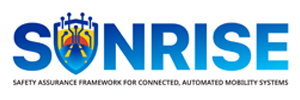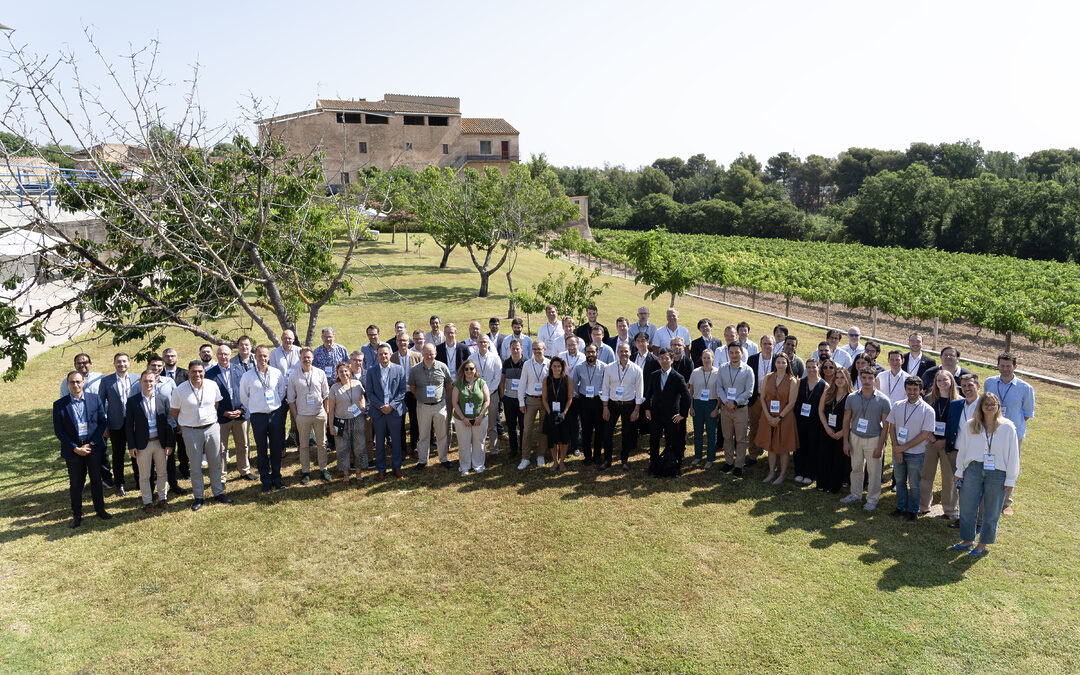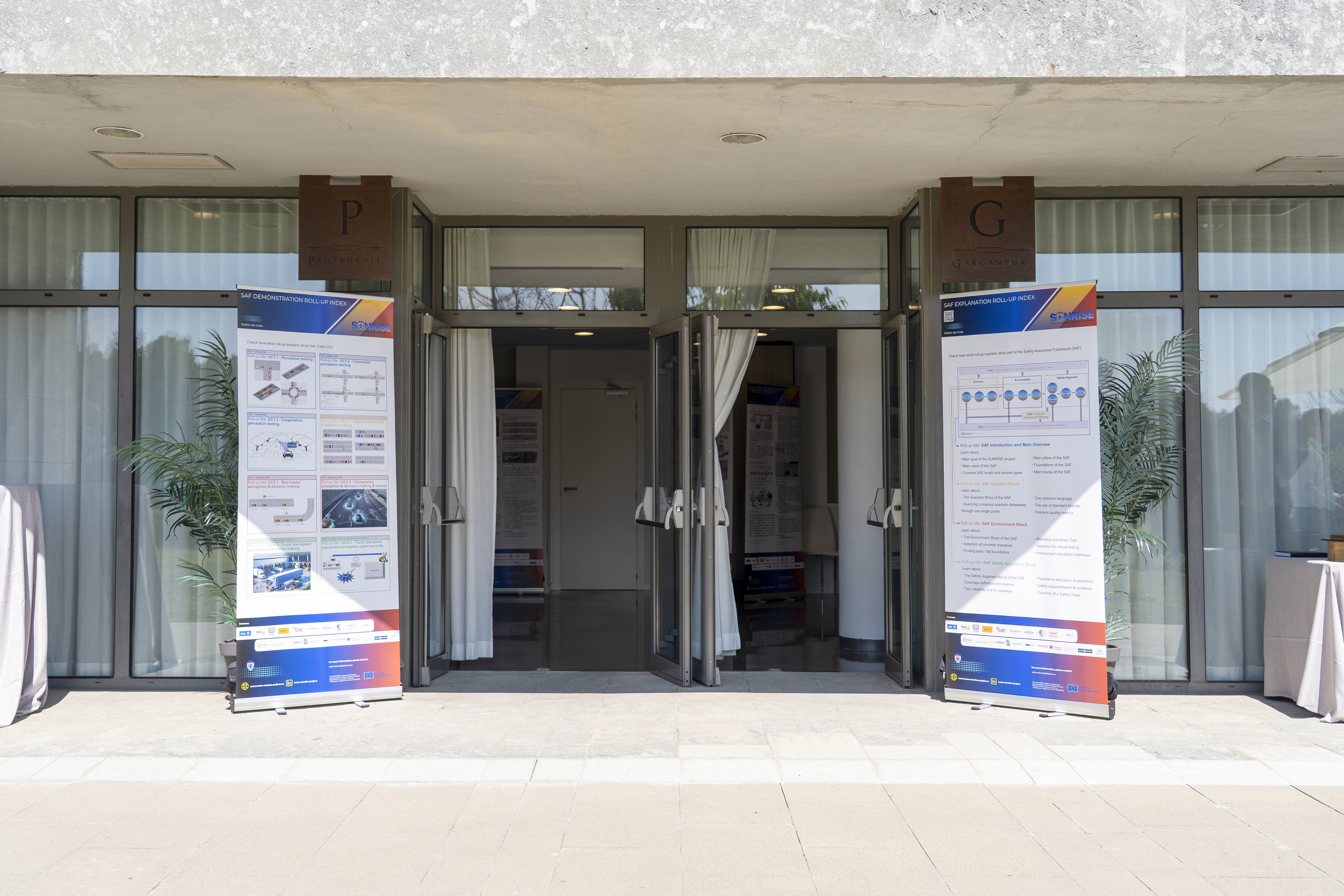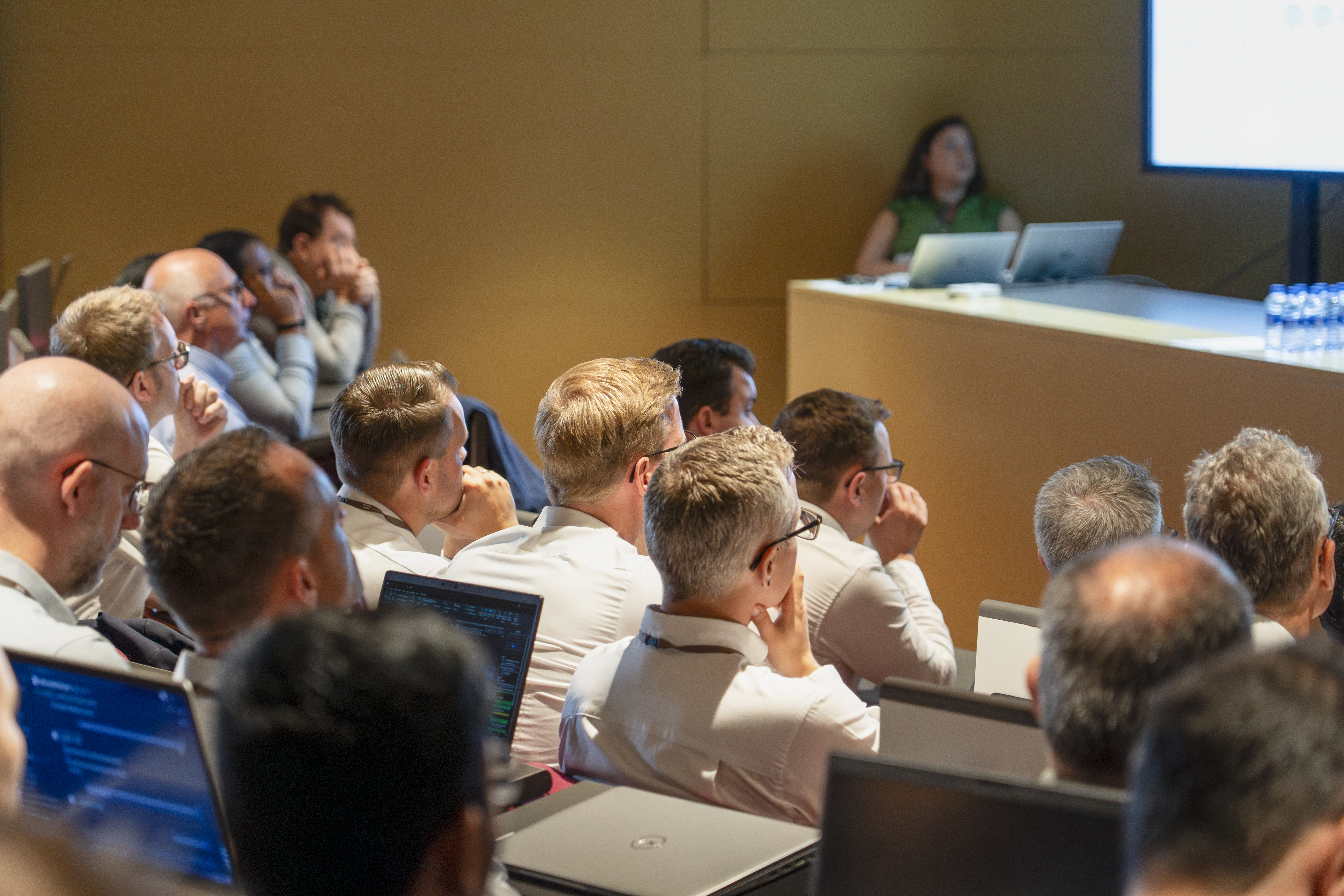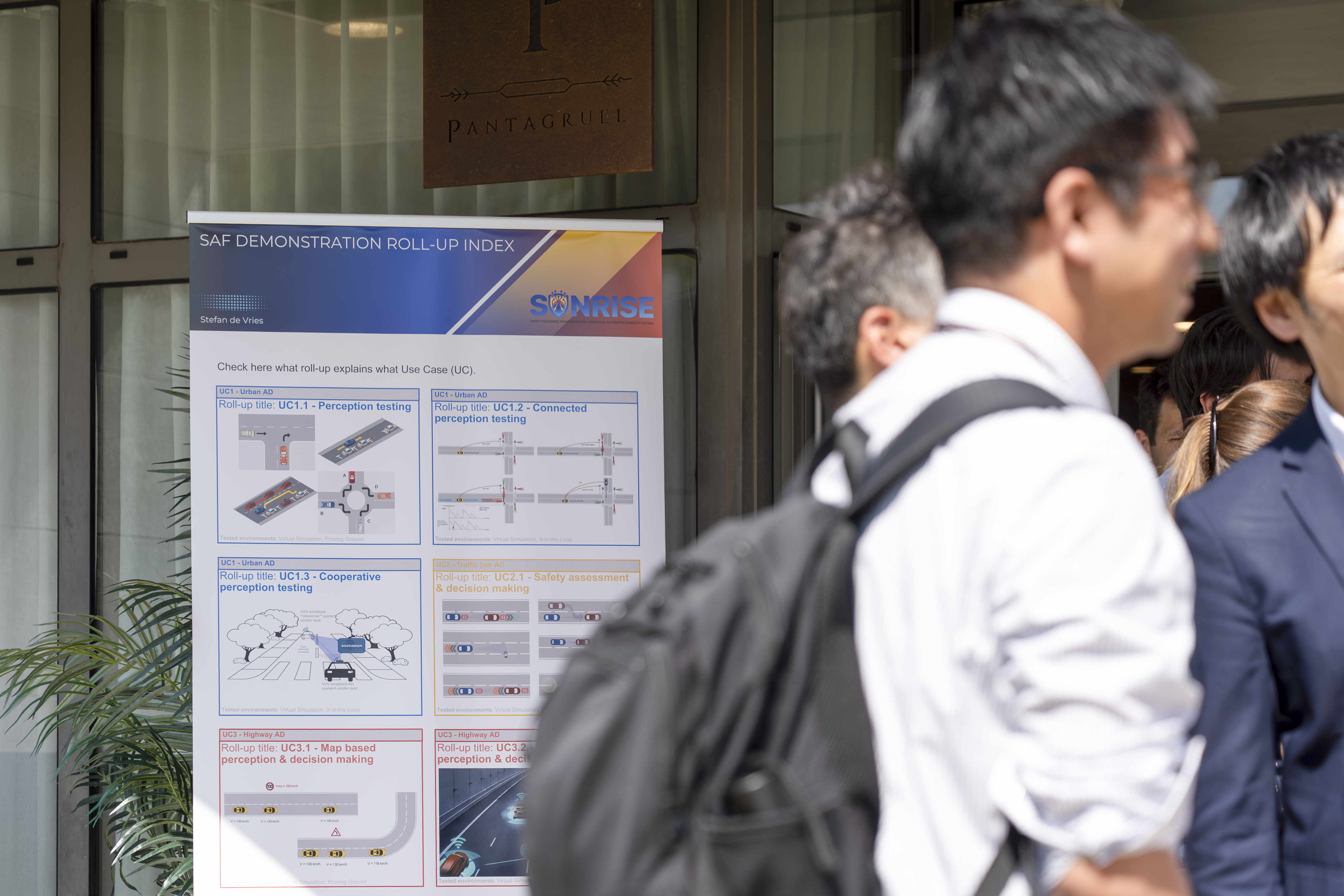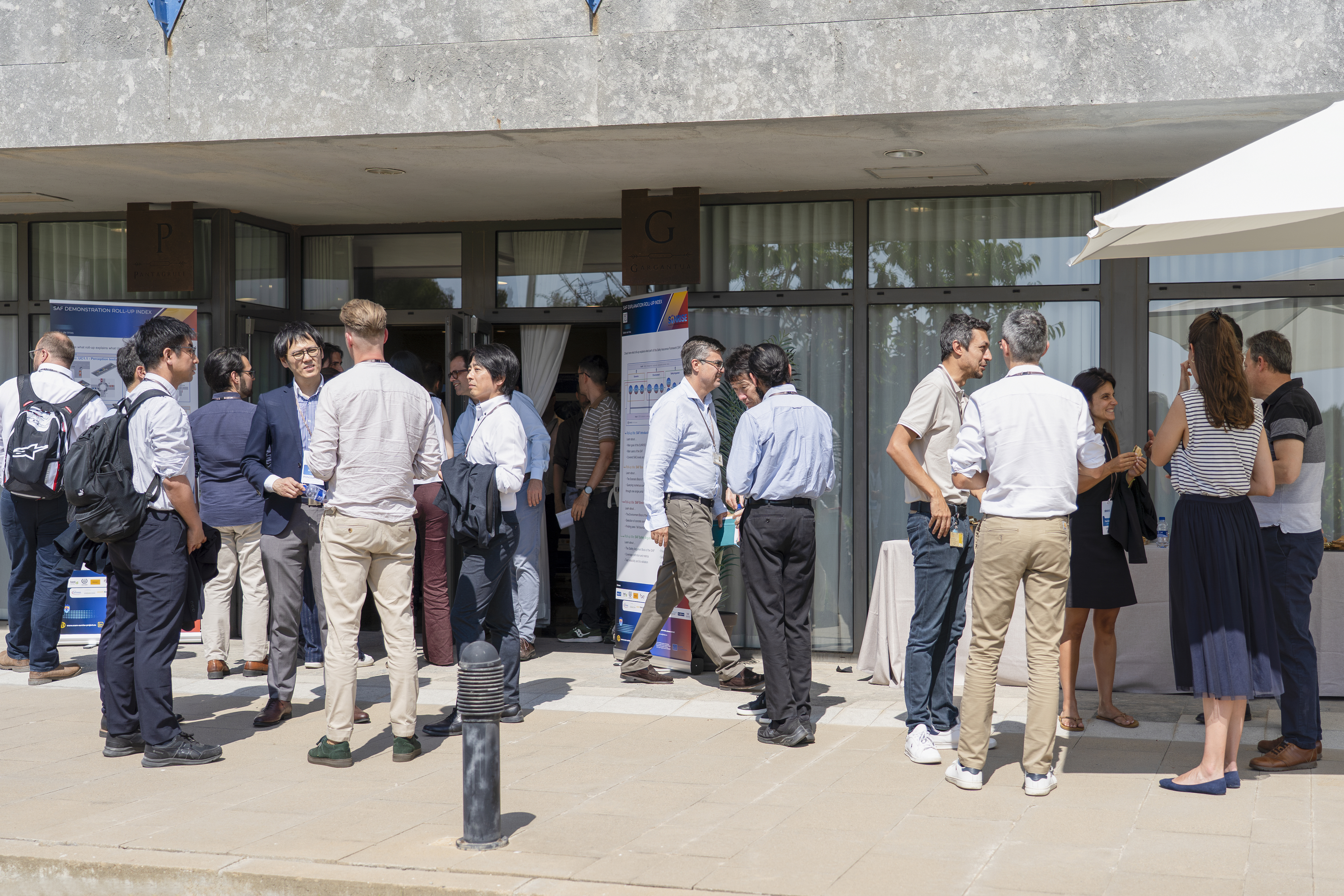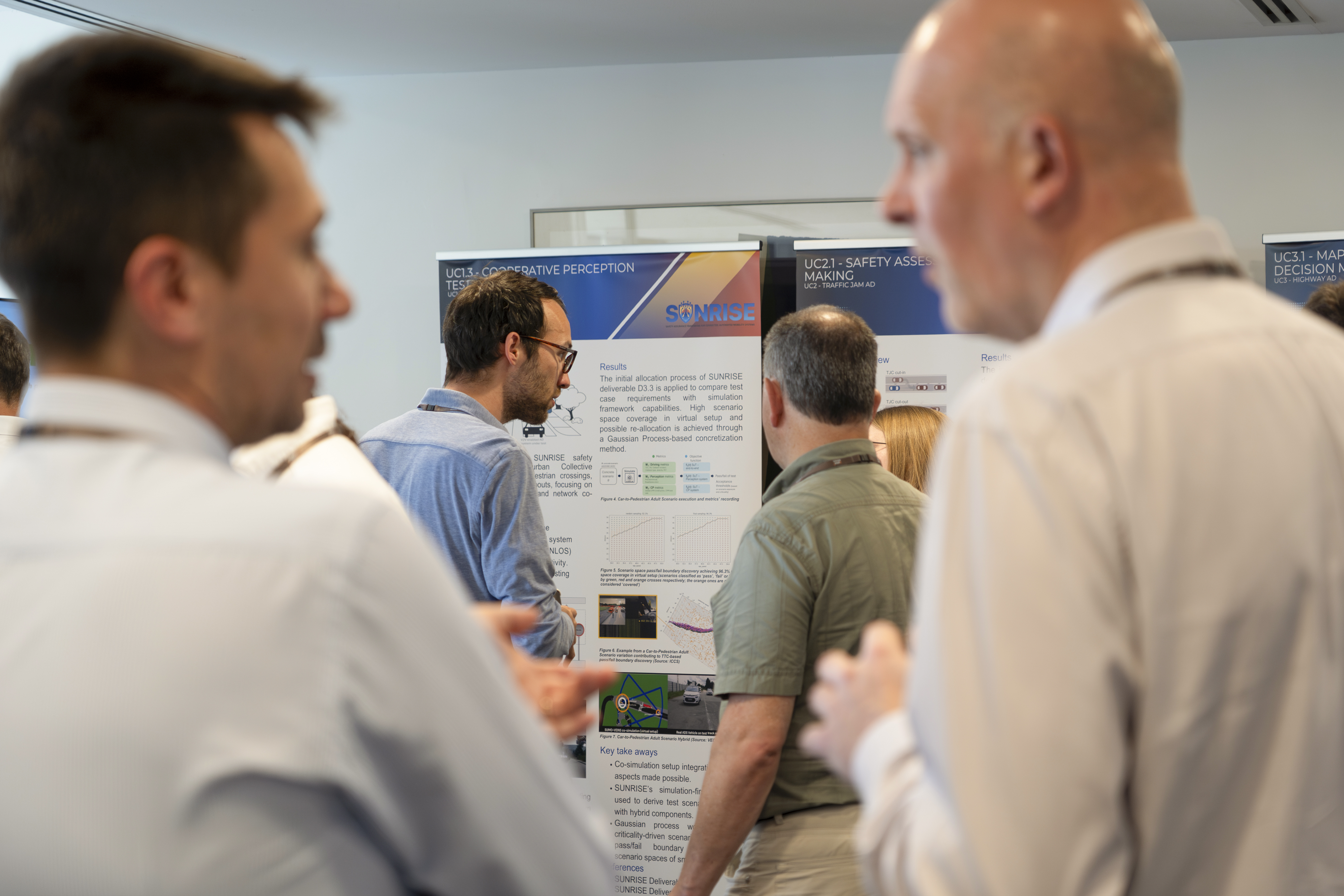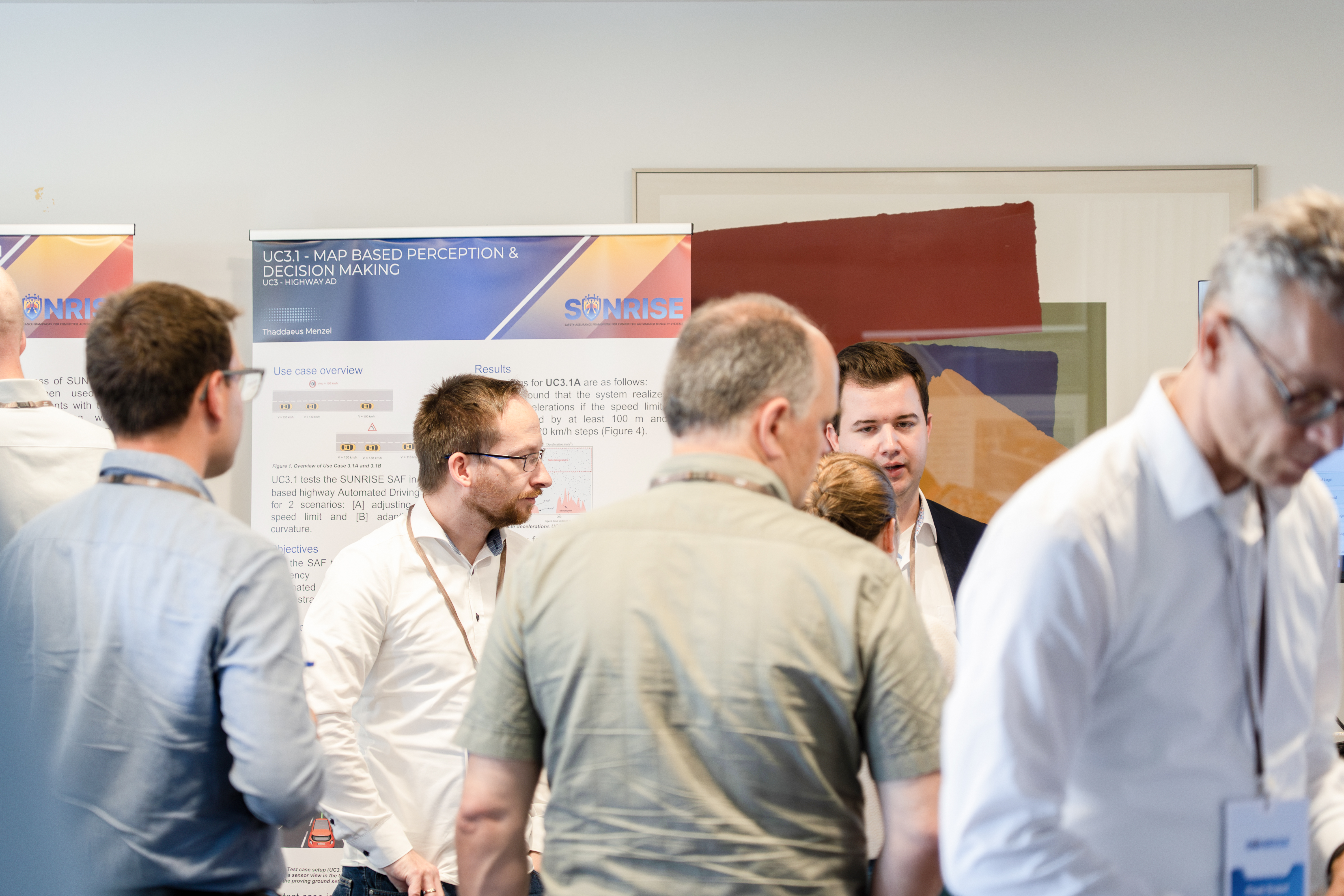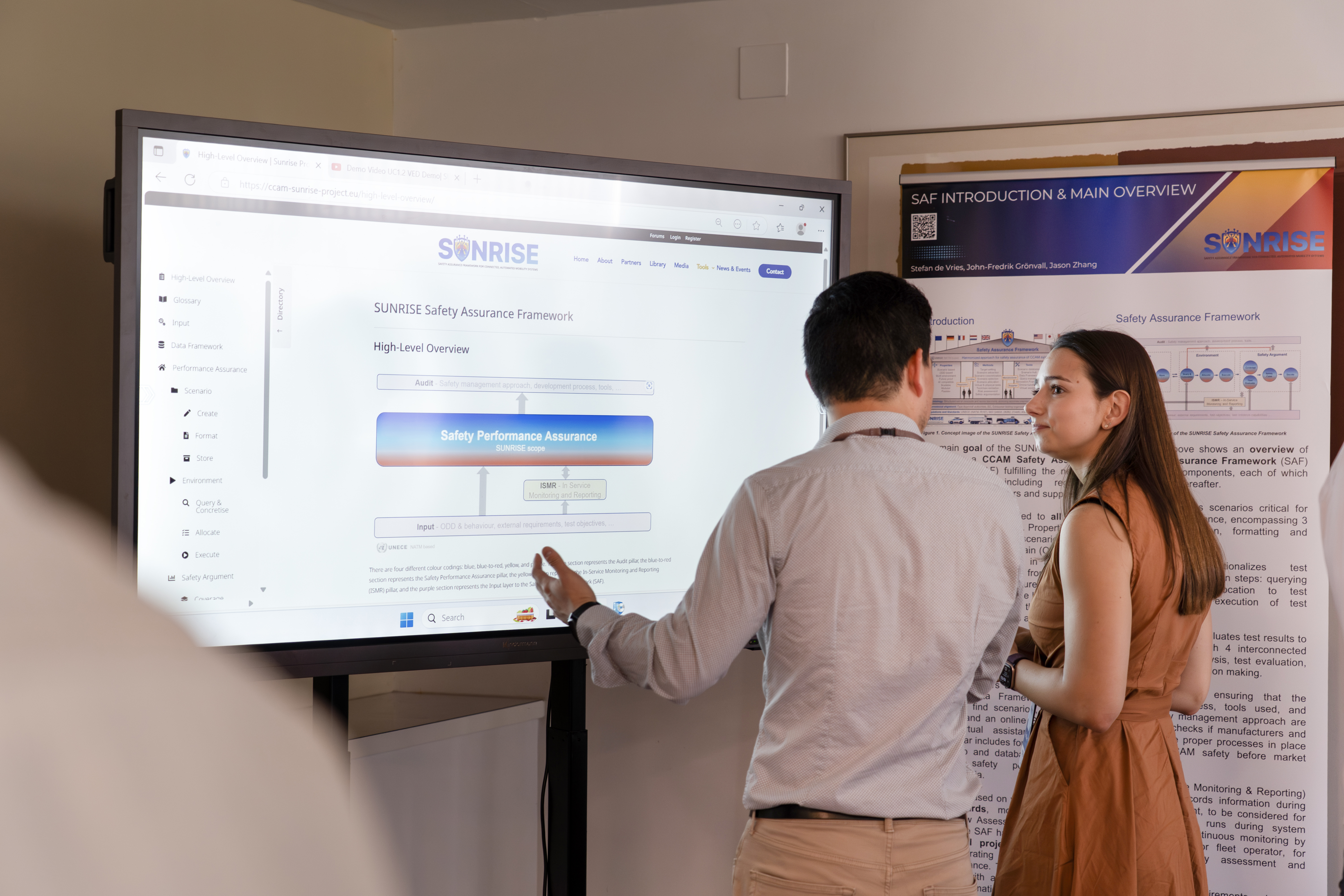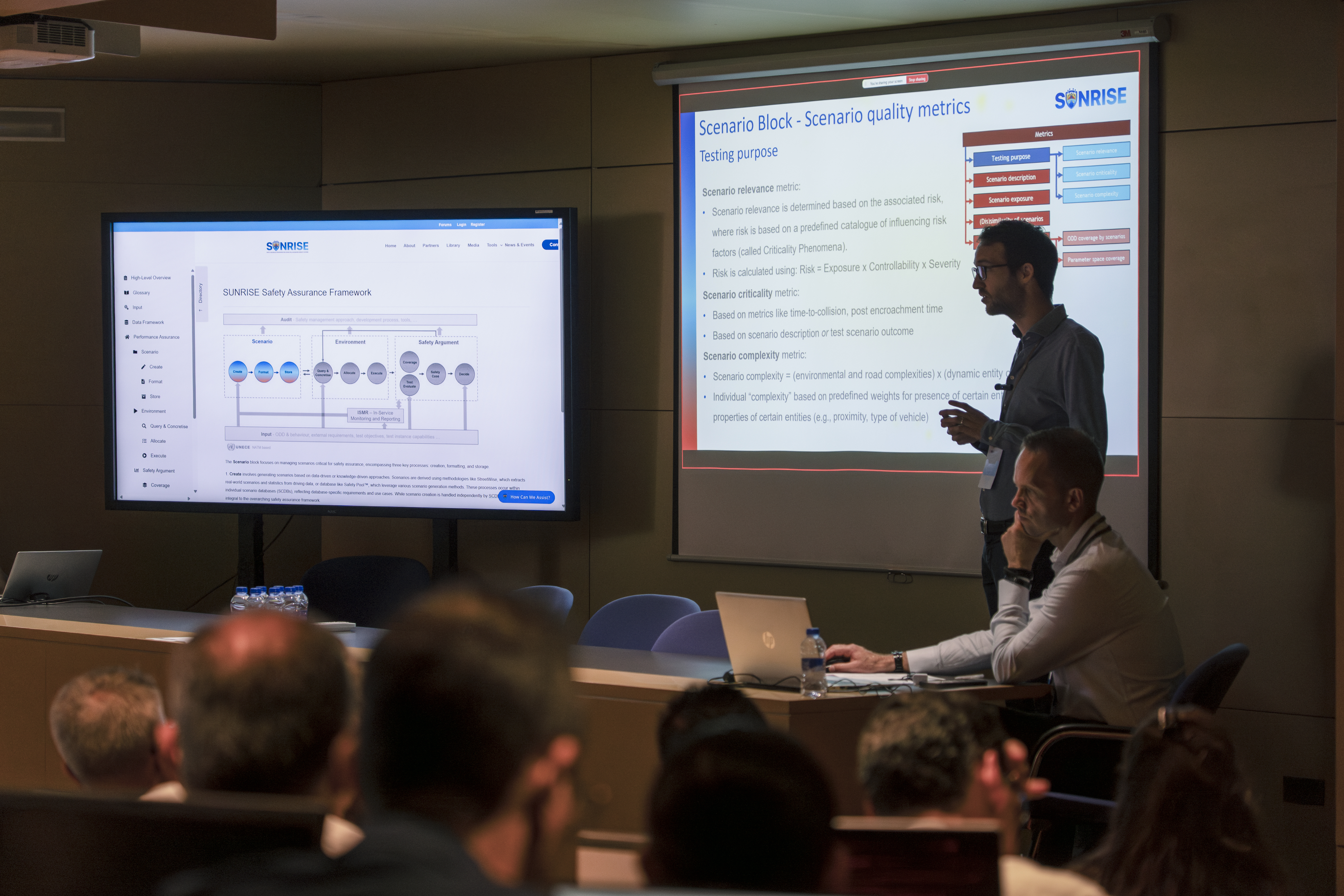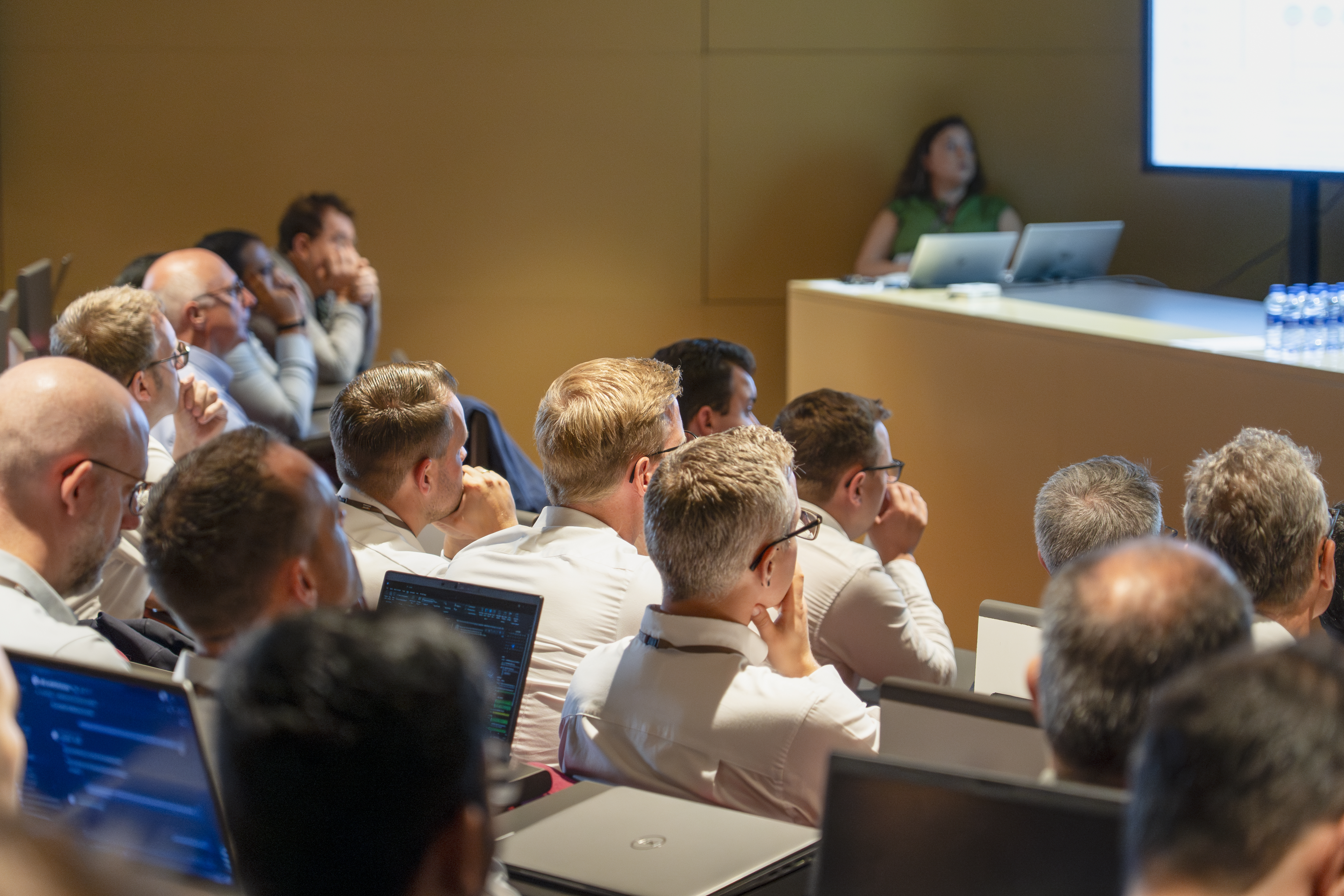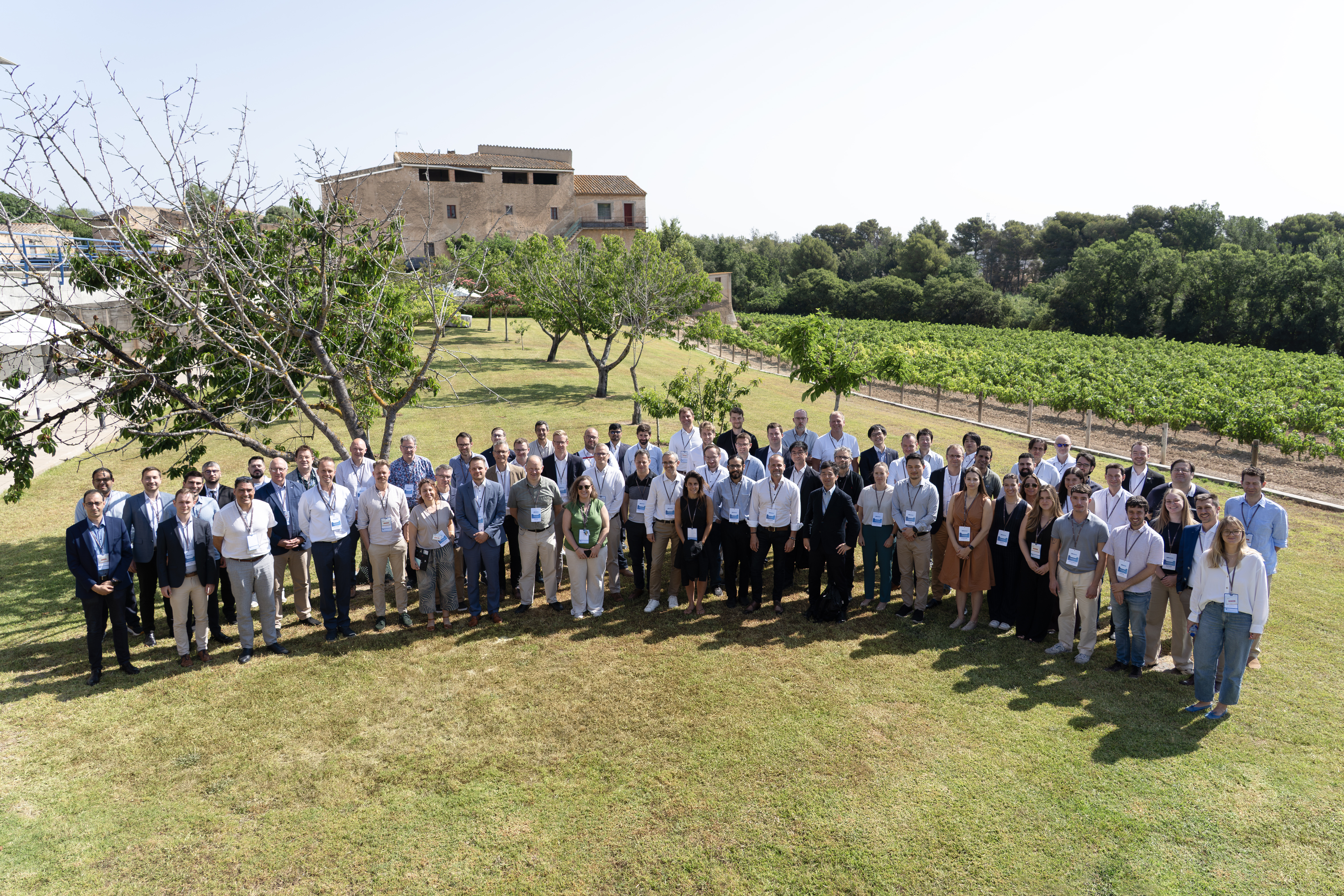On June 18th, the SUNRISE project celebrated its final milestone at Applus+IDIADA headquarters in Spain, gathering an engaged audience of experts, partners, and stakeholders to reflect on its progress and pave the way for the future of safe CCAM.
This closing event wasn’t just a wrap-up, it was a comprehensive showcase of the project’s achievements, featuring insightful presentations, live demonstrations, and a dynamic exhibition space. Throughout the day, participants explored the SUNRISE Safety Assurance Framework (SAF), discussed and exchanged ideas on the next steps for the ecosystem.
A Living SAF Handbook: Version 3.1 and beyond
One of the key project outputs presented was the SAF Handbook: a central component of SUNRISE’s effort to structure and support safety argumentation in CCAM. Version 3.1 is now publicly available, with the final version set to be released by the end of August, marking the project’s official conclusion.
The Handbook is more than a document, it’s interactive and dynamic, featuring an integrated chatbot that uses all available deliverables to answer user questions and help navigate the SAF. The handbook will be available for the next 3 years, after which it will be integrated into the CCAM Partnership knowledge base to ensure long-term impact.
Data Framework
The Data Framework developed within SUNRISE was also featured in the exhibition area. Contrary to traditional storage systems, no data is stored within this framework. It functions as a thin interface layer that connects to external databases, offering a flexible and lightweight solution for managing and exchanging safety-related data.
Cooperation, Key Exploitable Results & business potential
Beyond technical results, cooperation activities carried out during the project played a vital role in aligning SUNRISE’s outcomes with the broader CCAM landscape. Collaborative exchanges with other EU initiatives, expert groups, and industry stakeholders have helped to validate and shape the SAF’s direction, ensuring that it responds to real-world needs.
As part of the exploitation session, SUNRISE partners highlighted Key Exploitable Results (KERs), which are integrated into the SAF Handbook. These KERs point toward concrete business opportunities for stakeholders aiming to adopt or build upon SUNRISE’s SAF solutions. Interested organisations can already explore these opportunities via this exploitation section on the handbook and click on their preferred block to know more.
Exhibition Area: Hands-on learning and exchange
The Exhibition Area served as a vital space for participants to dive deeper into the SAF and interact with the project’s technical outputs. Highlights included:
-
1 Touchscreen with full access to the SAF Handbook and chatbot
-
5 Roll-ups explaining the SAF’s structure and methodology
-
9 Roll-ups demonstrating the SAF in action
-
1 Data Framework demonstrator
-
2 Use Case demonstrators
This space fostered lively exchanges between consortium experts and stakeholders, highlighting SUNRISE’s commitment to transparency, open science, learning, and community engagement.
You can now check the Final Event roll-ups here.
Future Work – Synergies and CERTAIN
SUNRISE is not the end of the journey. It builds on the foundation laid by HEADSTART, and now sets the stage for new initiatives like Synergies and CERTAIN, the latter aiming to explore human-vehicle interaction, among other priorities. The SAF and associated tools developed in SUNRISE will continue to support a safer and more robust CCAM ecosystem as the field evolves.
The SUNRISE final event not only celebrated the achievements of a dedicated and forward-thinking consortium, but also reinforced the project’s role as a critical link in the evolution of safety assurance in CCAM. With its SAF Handbook, SUNRISE has laid the groundwork for a shared European approach to CCAM safety, one that is open, modular, and adaptable.
As the SAF continues to live on through the CCAM knowledge base, and as future initiatives like SYNERGIES and CERTAIN build upon this legacy, SUNRISE stands as a reference point for how research, collaboration, and innovation can shape the future of mobility in Europe.
